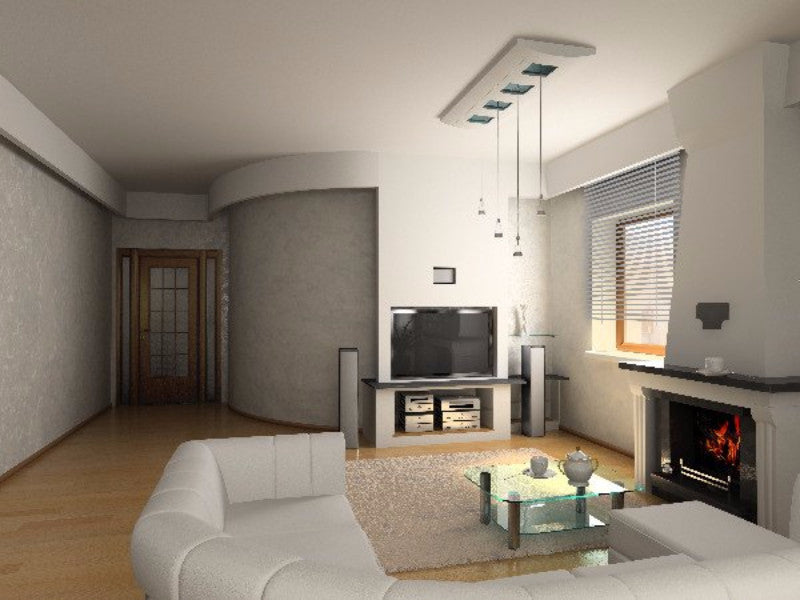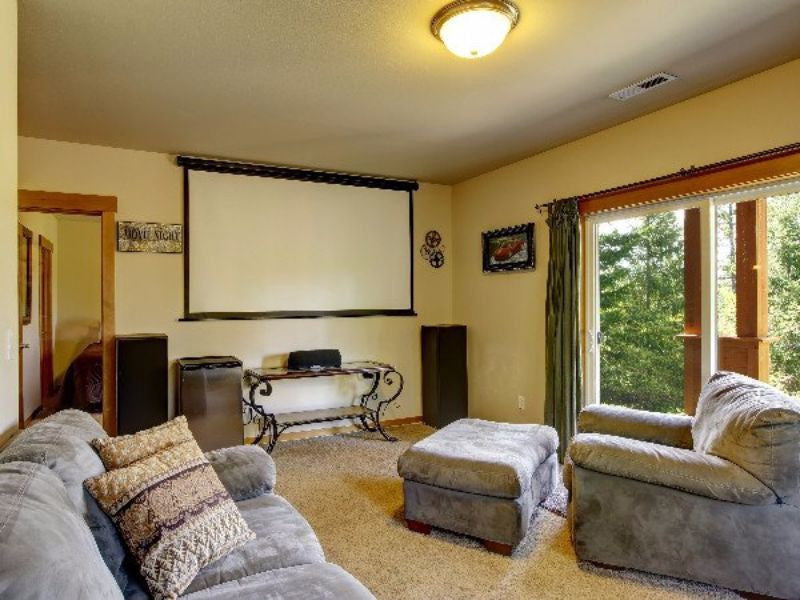Hifi Speakers or Speakers come in a mind boggling variety. The numerous shapes and sizes, the weird specifications - all those things can make choosing one of them an insurmountable task. But as goes with everything sound related, if you’re looking for the best, you should probably listen and then decide. In this age of online shopping, however, this physical process of visiting all the brick-and-mortar shops to select a speaker seems extremely tedious.If you’re looking to cut out on your listening process, you need to know some important things.
The In-numerous Variety of Speakers
Individual speakers offer you the opportunity to create your own soundscape. This means that you should know what you are buying the speakers for and what kind of speakers are best suited for that task.A simple enhancement of the TV, making it more realistic and providing a stereo sound - this is best suited to some floor speakers. The floor speakers deliver the majority of the sound effects for your TV by providing the right and left sound. If you have a large TV, floor speakers will pair well with its size and the design.Bookshelf speakers are very similar to floor speakers, but they offer a lower bass response and their compact size allows you to fit them in smaller spaces. Using stands for bookshelf speakers will provide the best audio experience. These speakers can also double as the rear speakers in a surround sound system.
Center channel speakers need to be top-quality as the most dialogues are reproduced in the mid-frequency ranges.If you enjoy sitting down to listen to music, a pair of bookshelf speakers will be more than enough for you. But if you are an avid listener, a sub-woofer paired up with those speakers is the best choice. For a better TV experience, while not having five speakers, owning a soundbar can bring life to a dead sound. Soundbars are best suited to simulate a surround sound.
Some speakers take some power to amplify the input signal. These are called active speakers as opposed to passive speakers which don’t need a power supply because they don’t amplify the input signals. Active speakers are the higher quality speakers of the two, whereas passive speakers are mostly used in situations where portability is necessary.
Initial Considerations-The speaker is not only dependent on what kind of a speaker it is but also where you place it. Not evaluating the room where you’ll place it and still making a purchase can be a deadly mistake. Hard surfaces like windows and flooring can disperse the sound, where soft surfaces such as cushions and curtains can absorb the sound. Room size plays a very important role in affecting the music quality. Large speakers are not suited for small rooms as they tend to overload the room with bass, just as small speakers aren’t suited for larger rooms.
The Technicalities
- Sensitivity: Measured in decibels, this is the most significant speaker specification that is often ignored. A speaker’s sensitivity indicates the loudness of the speaker in a non-echoing environment. The higher the sensitivity rating, the louder your speaker will be. A speaker with sensitivity rated over 90 dB is considered excellent.
- Power: Specified in Watts, the power handling of the speaker indicates how much power a speaker can bear without getting damaged. Power output of the speakers is determined by its RMS value. A higher RMS implies high sound or more amplification. If you’re selecting a sub-woofer, a sub-woofer with higher RMS values will have a better output. If you’re faced with a PMPO value instead of the RMS, divide the PMPO by four to get the RMS value.
- Frequency Response: The frequency response of speaker determines how high or how low a speaker can play. This is the frequency range, measured in Hertz. A low frequency response on a sub-woofer means it is better able to play low frequency sounds and output a better bass. Any speaker that reaches 50Hz or lower is good enough to not be paired with a sub-woofer.
- Signal-to-Noise Ratio: The sound that a speaker produces is not free of noise. The audio signals which get converted into the sound we hear are not the only waves present. The internal components of the speaker add a bit of noise to those audio signals. Expressed in decibels (dB), this indicates how much noise there is in the output in relation to the signal level. A higher ratio means lesser noise.
- Impedance: Impedance, measured in Ohms, is an indication of how much current flows through the speaker. If the impedance is low, a higher current will flow through the speaker which would demand more from the amplifier than it may be capable of providing. A higher impedance is also not a good option because a larger current is required for a larger volume. An optimum range of 6-8 Ohms is safe and plays a loud enough sound.
Speakers can be a big investment. They can also be life-changing. You can buy the wrong piece and feel the regret everyday. But as cryptic as it may seem, buying speakers is not difficult. Keep these things in mind and you will walk out of that store with the best speakers in your hands.






Comments
0 comments